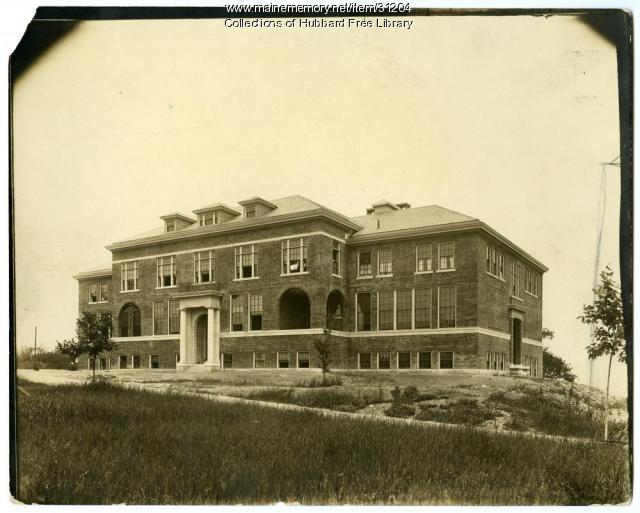Keywords: Industrial Age
Item 102222
Rogers Fibre Company, Kennebunk, ca. 1915
Contributed by: Brick Store Museum Date: circa 1915 Location: Kennebunk Media: Glass Negative
Item 10515
David M. Norton of Industry, Maine State Legislature, 1880
Contributed by: Maine Historical Society Date: 1880 Location: Industry Media: Photoprint
Exhibit
In Time and Eternity: Shakers in the Industrial Age
"In Time and Eternity: Maine Shakers in the Industrial Age 1872-1918" is a series of images that depict in detail the Shakers in Maine during a little explored time period of expansion and change.
Exhibit
Washington County Through Eastern's Eye
Images taken by itinerant photographers for Eastern Illustrating and Publishing Company, a real photo postcard company, provide a unique look at industry, commerce, recreation, tourism, and the communities of Washington County in the early decades of the twentieth century.
Site Page
Historic Hallowell - Maine Industrial School for Girls
"Maine Industrial School for Girls Industrial School for Girls, Winthrop Hill, Hallowell, ca. 1919Hubbard Free Library The purpose of the…"
Site Page
"At age 18 he founded La Fanfare Painchaud (Painchaud's Band), which would become one of the most famous bands of its time, and played all over New…"
Story
Cleaning Fish or How Grandfather and Grandmother got by
by Randy Randall
Grandfather and Grandmother subsisted on the fish Grandfather caught, not always legally.
Story
Rug Hooking Project with a Story
by Marilyn Weymouth Seguin
My grandmother taught me the Maine craft of rug hooking when I was a child.
Lesson Plan
Longfellow Studies: "The Jewish Cemetery at Newport"
Grade Level: 6-8, 9-12
Content Area: English Language Arts, Social Studies
Longfellow's poem "The Jewish Cemetery at Newport" opens up the issue of the earliest history of the Jews in America, and the significant roles they played as businessmen and later benefactors to the greater community. The history of the building itself is notable in terms of early American architecture, its having been designed, apparently gratis, by the most noted architect of the day. Furthermore, the poem traces the history of Newport as kind of a microcosm of New England commercial cities before the industrialization boom. For almost any age student the poem could be used to open up interest in local cemeteries, which are almost always a wealth of curiousities and history. Longfellow and his friends enjoyed exploring cemeteries, and today our little local cemeteries can be used to teach little local histories and parts of the big picture as well.
Henry Wadsworth Longfellow visited the Jewish cemetery in Newport, RI on July 9, 1852. His popular poem about the site, published two years later, was certainly a sympathetic portrayal of the place and its people. In addition to Victorian romantic musings about the "Hebrews in their graves," Longfellow includes in this poem references to the historic persecution of the Jews, as well as very specific references to their religious practices.
Since the cemetery and the nearby synagogue were restored and protected with an infusion of funding just a couple years after Longfellow's visit, and later a congregation again assembled, his gloomy predictions about the place proved false (never mind the conclusion of the poem, "And the dead nations never rise again!"). Nevertheless, it is a fascinating poem, and an interesting window into the history of the nation's oldest extant synagogue.













